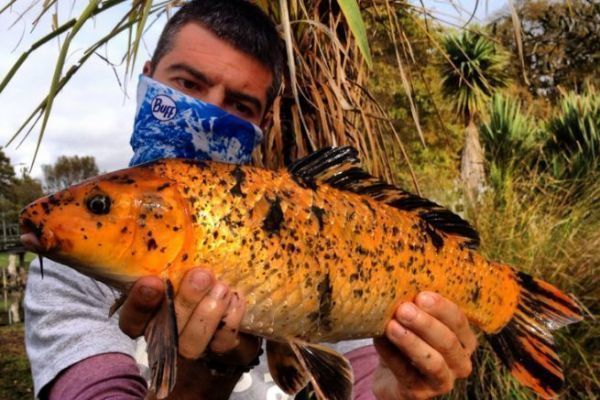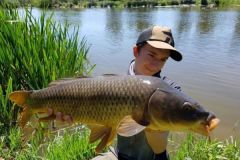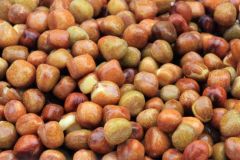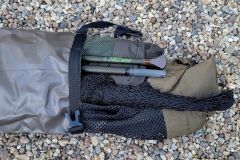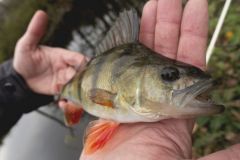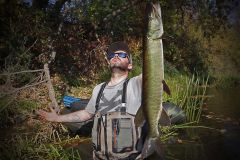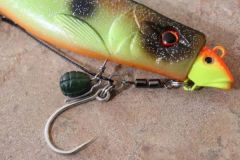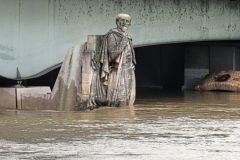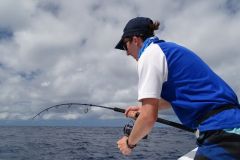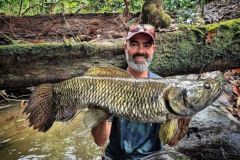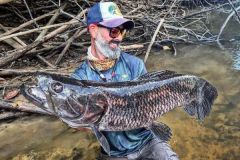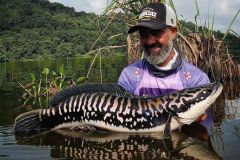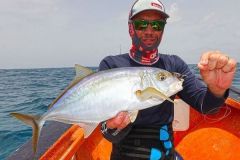Across the entire fishing network
Fed by numerous streams, the koi's range soon extended to the entire secondary fishing network of New Zealand's longest river. The breeding sites observed confirm that the population is holding steady. Although its vertical expansion is blocked to the north by the Auckland region (salt water) and to the south by the Hukka Falls (an impassable natural barrier at the gateway to Lake Taupo), it is making slow progress eastwards. It has also established itself sporadically in certain remote regions (Northland, Wellington...) and over the last ten years in the South Island (notably near Nelson).
As a precautionary measure, and based on Australian studies, the Department of Conservation banned the introduction and transport of koi carp in all waterways in 1987, classifying it as a nuisance fish. In 1993, following the publication of a report on its alleged impact on the environment, releasing it officially became an offence punishable by a $100,000 fine and 5 years' imprisonment. With this act, the DoC had sealed its fate: this plague would have to be eliminated. Koi carp are blamed for everything: eroding riverbanks, destroying the habitat of native fish and causing water pollution. Pond poisoning, traps, bowhunting competitions - any means necessary to try (in vain) to eradicate their colorful silhouettes from the quivering surface of the water.
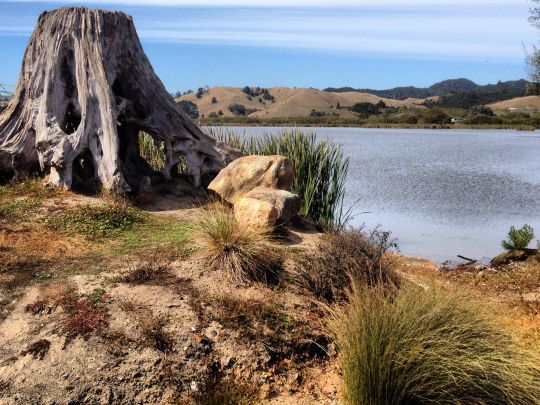
The Ko´ Carp Classic, organized every year in the region, is a perfect illustration of this spirit. A few dozen enthusiasts (around a hundred) gather for the occasion on a stretch of water previously selected for its potential. The competition takes place over two days, from first light to weigh-in. Whether in boats or on foot, all participants have to do is scan the water for a red silhouette and let their "talent" shine through! Yes, we're talking about an archery tournament here! The numbers are staggering. Tons of carp are killed every year by just a few dozen participants, in just one weekend.
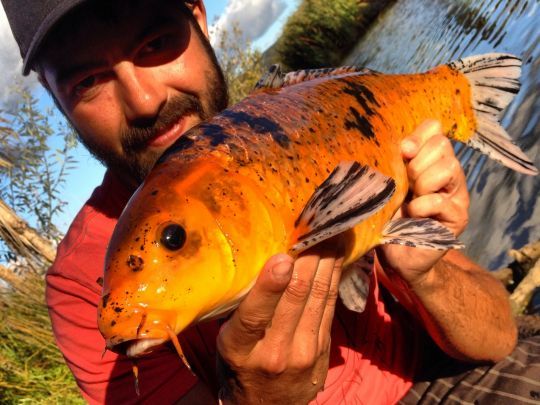
Fishing context
The Waikato Region, home of the multicolored carp, is undeniably the best place to start your search for koi. At the heart of this geographical area of over 3,000 km▓, every body of water is home to a population of carp. There are many different configurations: rivers, canals and lakes offer an immense playground. The Waikato River is the backbone of the fishing network. It offers incredible fishing potential. Renowned for its strong currents, it offers few accessible fishing grounds. It is fed by numerous "streams", a type of wild river that is also shallow, with little or no maintenance, and therefore very crowded. On average, they are around twenty meters wide. All are subject to tidal fluctuations.
Lake Waikare (3400 Ha) and Lake Whangape (1450 Ha) are the main water bodies in the region. Like all the lakes in the area, their depths rarely exceed 2 meters and average less than 1 meter, offering many shallow areas that are as interesting as they are destabilizing to fish. There are also a multitude of beautiful small lakes.
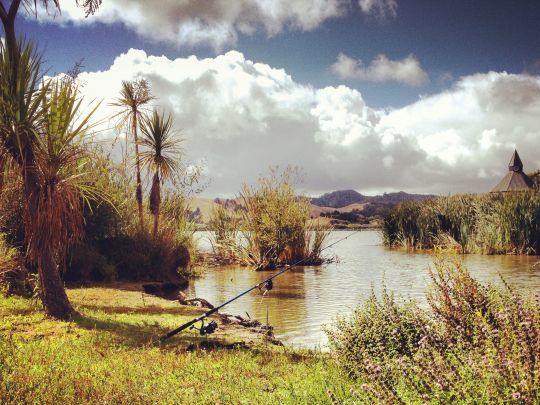
Like the many rivers that criss-cross this territory, they are difficult to access (private land, lack of access roads), which makes prospecting complicated and concentrates anglers on a few fishing spots. This is all the more problematic when it comes to catch and release. In New Zealand, the practice of snitching means that releasing fish means finding places out of sight. New Zealanders will never tell you why, but carp are a species that must be eradicated at all costs. Their unwavering determination to protect their territory is not usurped, and they won't forgive you for this gesture, however natural it may be.
As far as the stock is concerned, we must be cautious. Very rarely caught in New Zealand, the record fish are all bowhunted. Every year, there are a few fish in excess of 10 kg, sometimes even flirting with the 15 kg mark. The average, however, is much lower, at around 3 kg. However, it's important to bear in mind the sheer numbers of fish, as well as the morphology of the water bodies, which are very shallow and therefore not conducive to strong growth. Density plays into the laws of probability, making it difficult to catch large fish. But after all, who cares? Pleasure isn't measured in kilograms...
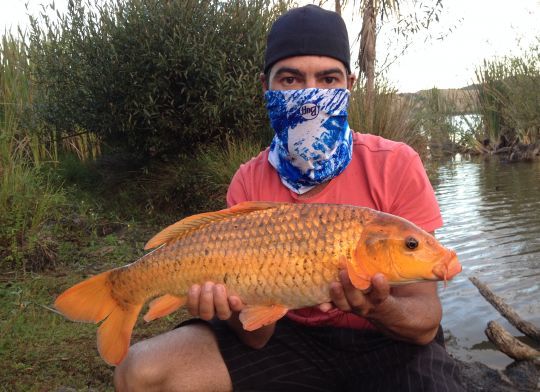
No legislation
As we know, legislation is sometimes absurd: overly restrictive, illogical, it does have the merit of providing a framework for a practice. In the absence of laws, the system necessarily tends towards chaos. In the New Zealand context, carp, by virtue of its status, is obviously shunned by all regulations. Carp can be fished everywhere, all year round, with an unlimited number of rods and as many hooks as there are reasons for. To echo a current problem in our waters, night fishing is authorized everywhere and at all times.
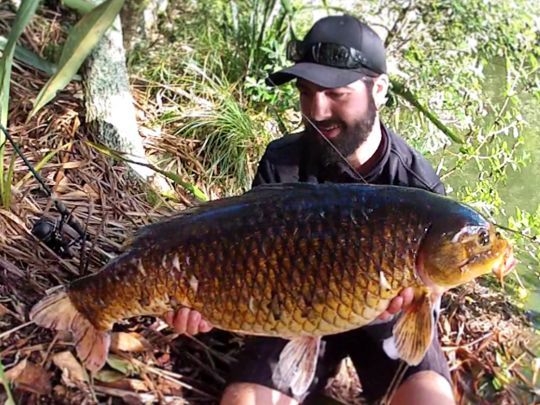
No permit is required, unlike for sport species such as roach or tench. While this may seem like a godsend to a handful of local enthusiasts (30 or so, if that's an exaggeration), it raises a number of problems for less respectful anglers, who are given countless weapons with which to destroy these fish!

 /
/ 